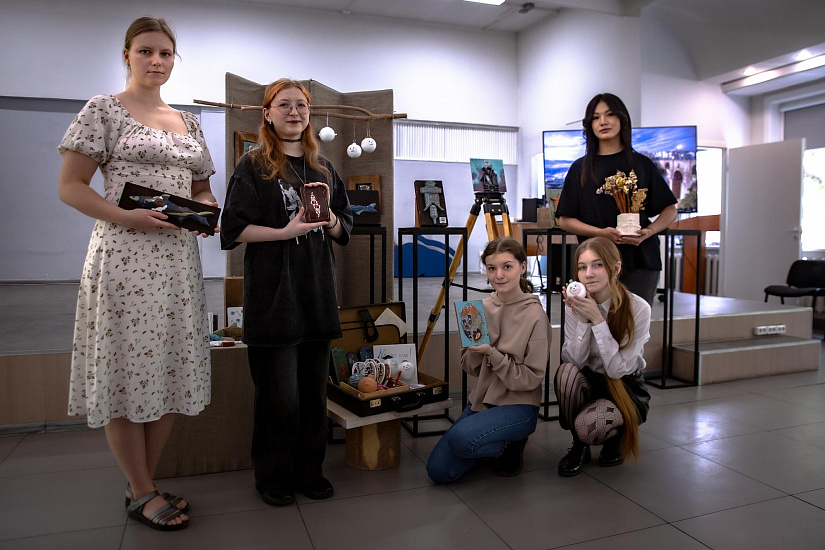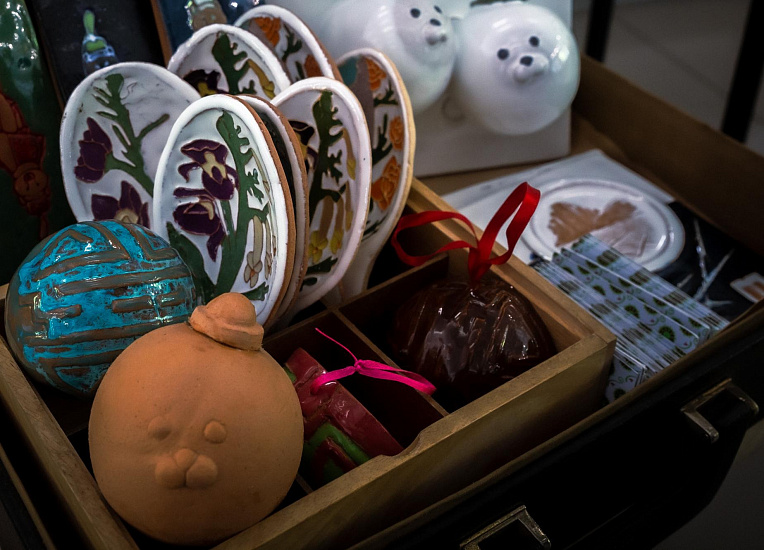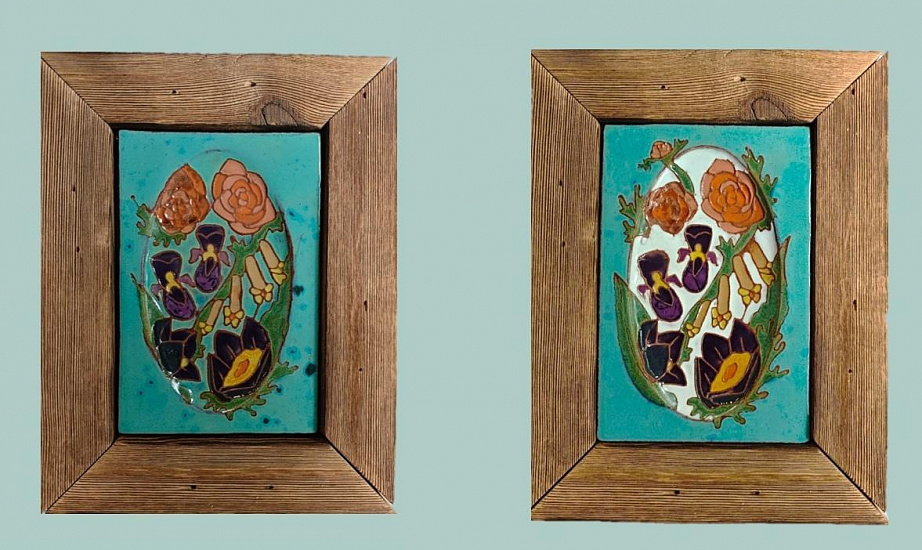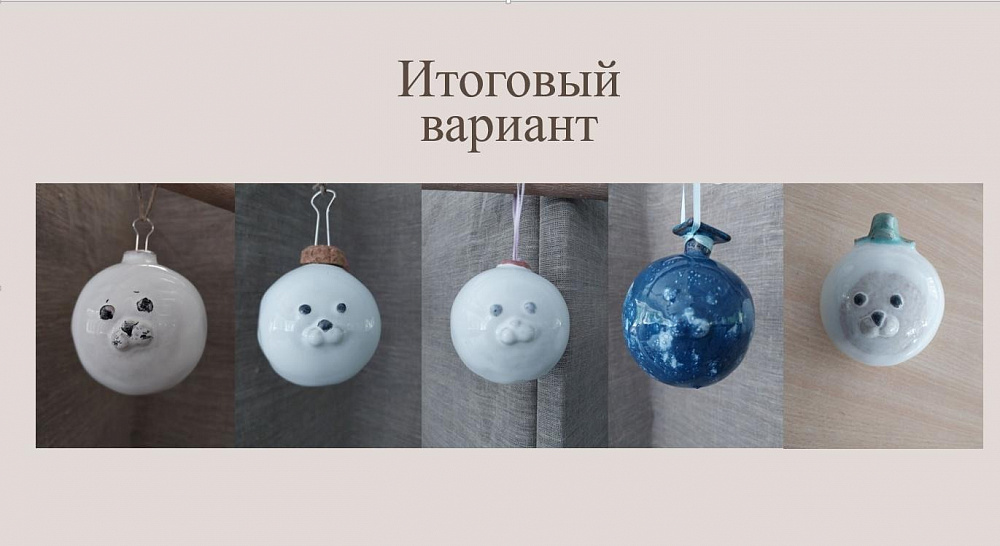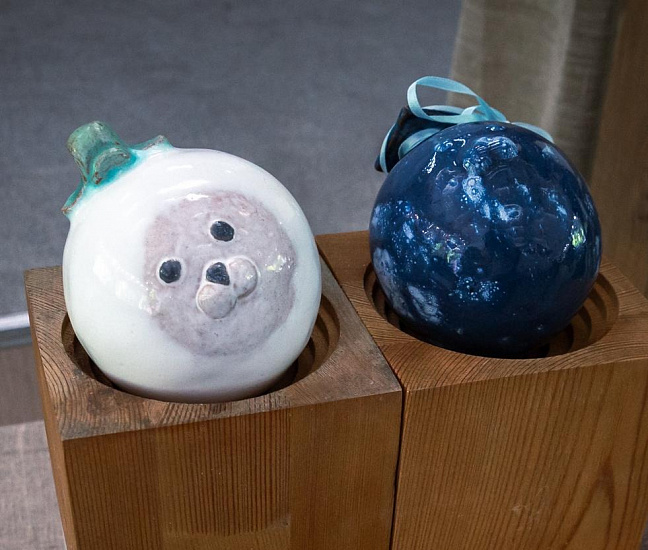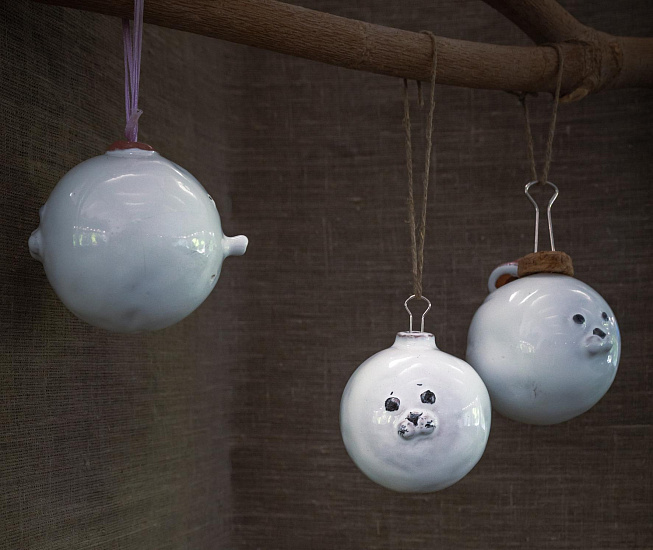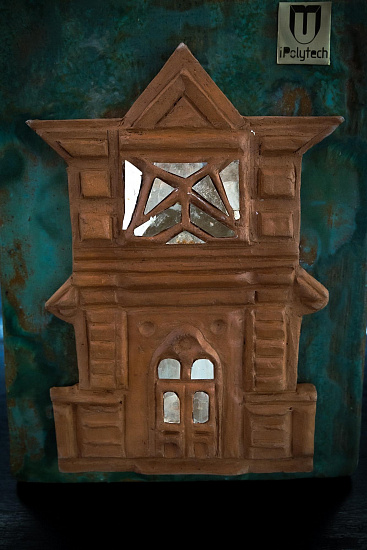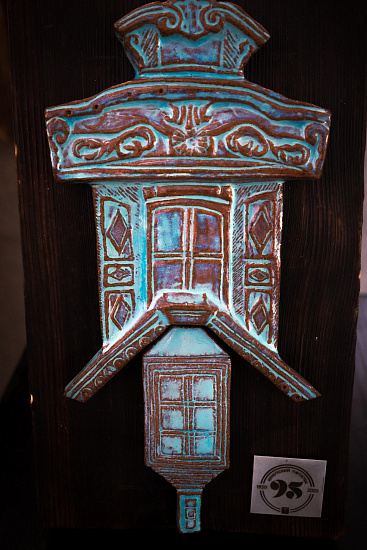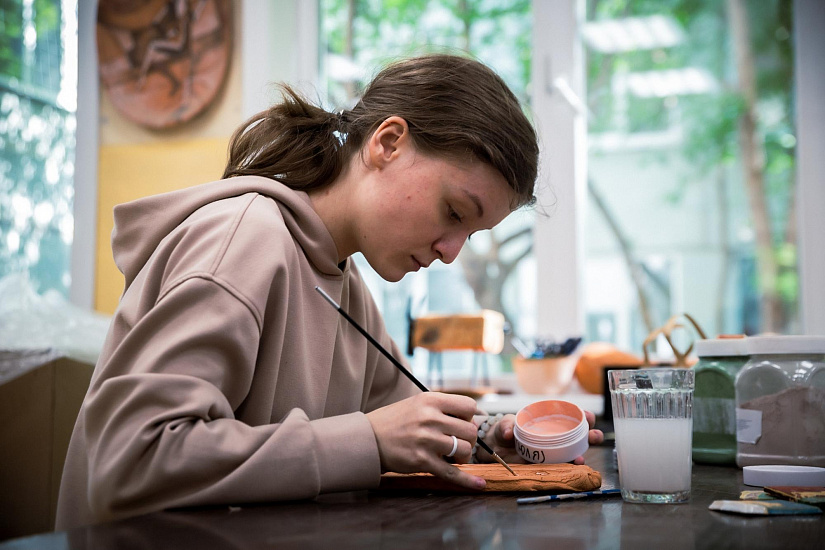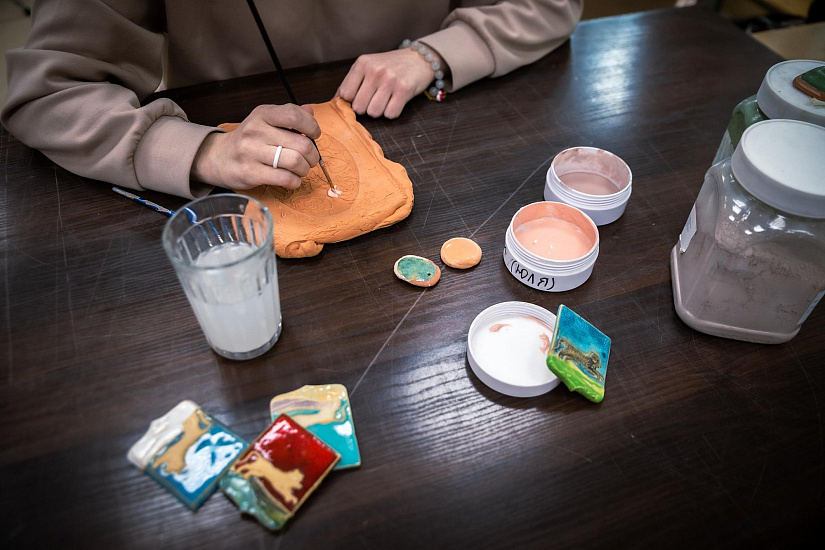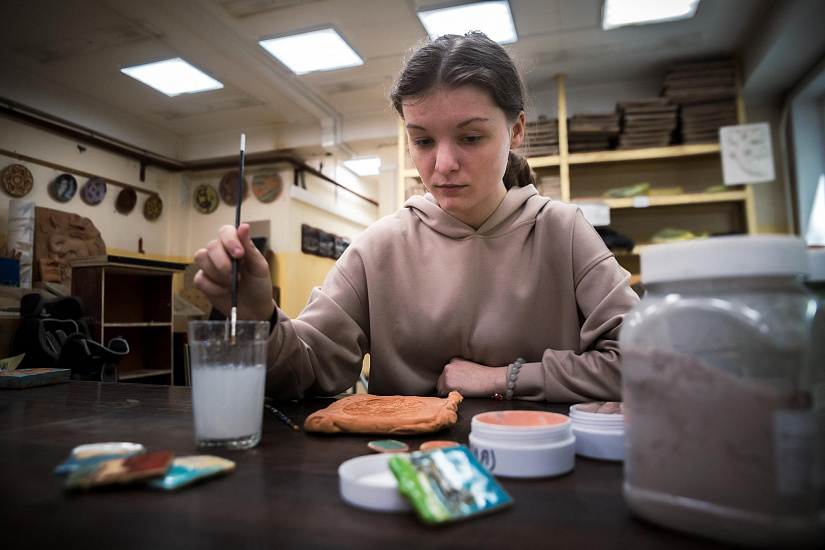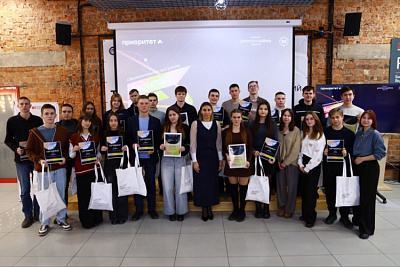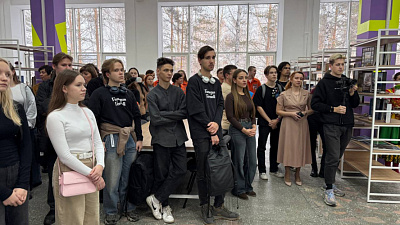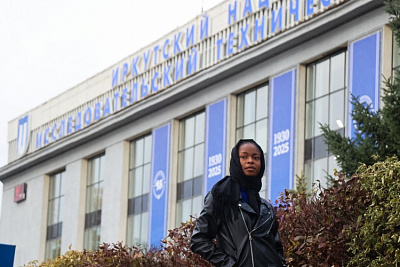INRTU Students Create Souvenirs to Promote the Brand of Siberia and the University Abroad
Students of INRTU — future designers and architects — recently created ceramic souvenirs in the style of Siberia. They designed figurines, Christmas ornaments, magnets shaped like Baikal seals, omul fish, traditional Irkutsk wooden houses, and more. These souvenirs can be used as corporate gifts for the university’s international partners.
The project was supervised by Irina Dyachenko and Anna Lukyanova, lecturers from the Department of Monumental and Decorative Painting and Design named after V.G. Smagin. The project was commissioned by the INRTU International Affairs Department.

According to Anna Lukyanova, all the items were handmade from clay. A special feature of the project was that most students had little previous experience working with this material. Associate Professor Roman Kononenko supported the students by helping to create laser engravings with the INRTU symbol on metal bases.
Ulyana Yakovleva made Christmas balls shaped like Baikal seal faces. Yulia Melnik created a set of spoons and a wall panel called Siberian Flora, inspired by irises and globeflowers.
In June, the project was presented in a small improvised exhibition. Anna Melenteva, Head of the International Affairs Department, appreciated the students’ work:

“The exhibition made a strong impression. The works combine great skill, creativity, and a deep connection to Siberian identity. Many projects stood out for their originality — for example, a ceramic omul, stylized maps, or a scholarly seal as a Christmas ornament. You can clearly see that the students are inspired by the nature, history, and culture of our region. This makes their creations especially valuable.
We already have successful experience collaborating with this department. Previously, we ordered a series of decorative ceramic tiles with images of Lake Baikal and the INRTU logo as corporate gifts for foreign partners. 50 pieces were produced, and some have already been presented during international business trips. These souvenirs highlight the university’s connection to Siberia and Lake Baikal.”
Anna Melenteva also mentioned that she and her colleagues are interested in continuing the cooperation with the department. Some of the student works presented at the exhibition could be adapted to meet the university’s needs. The main selection criteria will be practicality (easy to transport, durable) and aesthetic universality (a design that appeals to international audiences).
“We plan to discuss with the department team the possibility of producing these items in larger quantities to use them as unique gifts. This will not only support the students but also help promote the university’s brand abroad,” concluded Anna Melenteva.
